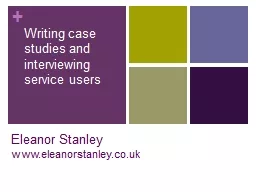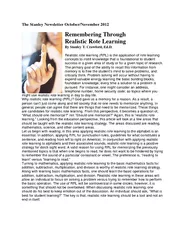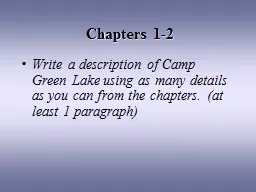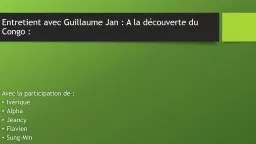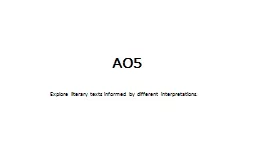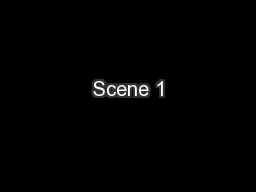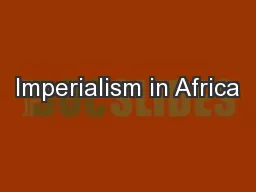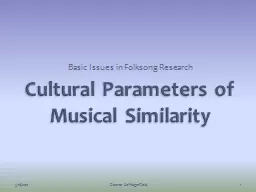PPT-Eleanor Stanley
Author : conchita-marotz | Published Date : 2016-07-04
wwweleanorstanleycouk Writing case studies and interviewing service users Overview Whats special about case studies How case studies can be used Behind the scenes
Presentation Embed Code
Download Presentation
Download Presentation The PPT/PDF document "Eleanor Stanley" is the property of its rightful owner. Permission is granted to download and print the materials on this website for personal, non-commercial use only, and to display it on your personal computer provided you do not modify the materials and that you retain all copyright notices contained in the materials. By downloading content from our website, you accept the terms of this agreement.
Eleanor Stanley: Transcript
Download Rules Of Document
"Eleanor Stanley"The content belongs to its owner. You may download and print it for personal use, without modification, and keep all copyright notices. By downloading, you agree to these terms.
Related Documents

